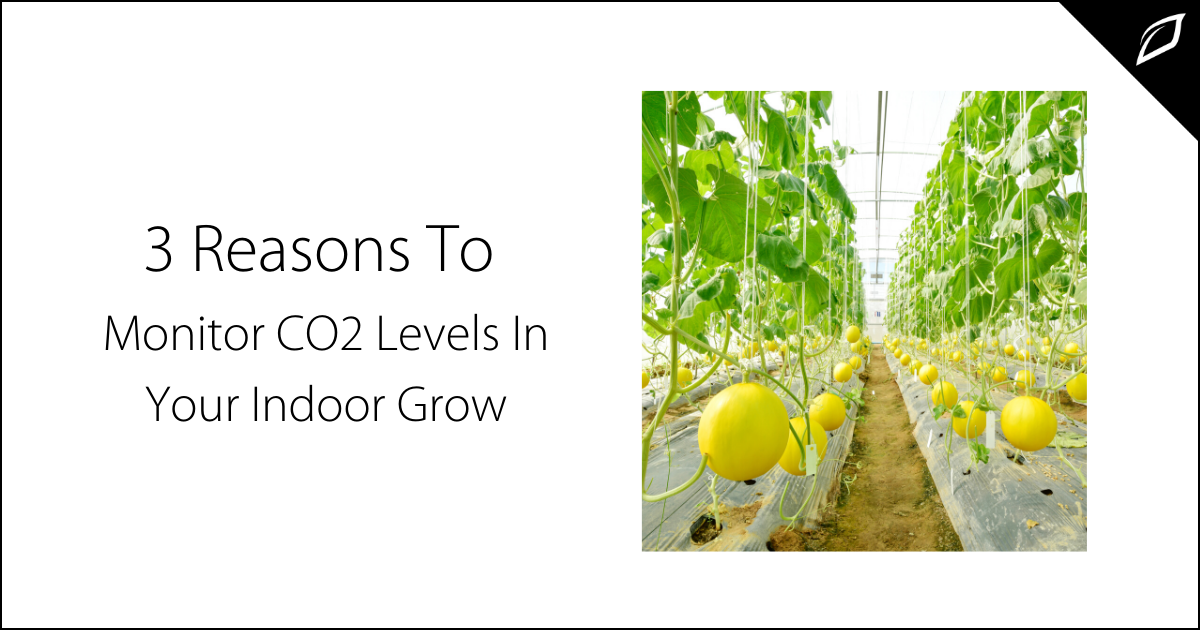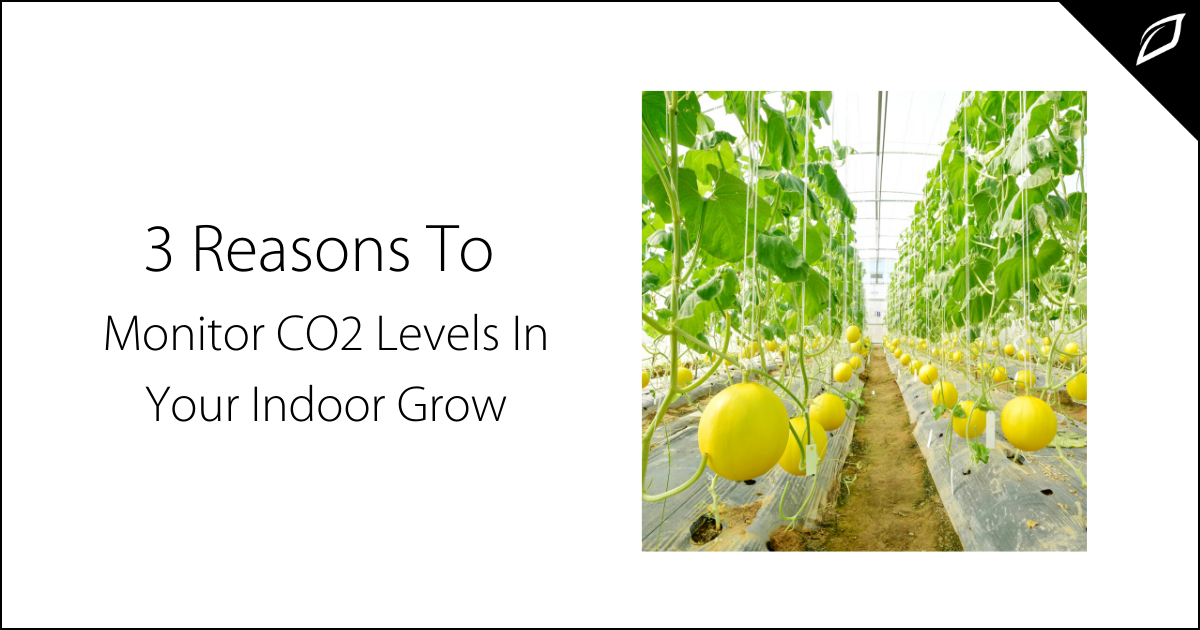Can Greenhouse Controllers Save You Money?
Running a greenhouse or indoor grow operation is a tireless endeavor requiring significant resources. Managing the variables involved in running a...


Greenhouse and Indoor growers are familiar with the importance of monitoring specific aspects of their operation. Environmental conditions like temperature, airflow, and humidity are obvious, but it's also essential to monitor CO2 levels. Here are the top three reasons that monitoring CO2 levels is increasingly important.
So, while some growers choose to increase CO2 levels to increase their plants' growth rate, it's crucial to do this properly, meaning other conditions must change as well. The light levels must be higher, and the temperature should also increase. Additionally, since the plants will require additional water and nutrients, reservoirs may need more attention. Ideally, keep the CO2 levels constant. However, this is not realistic in most situations, as you need to vent the grow room to control the heat buildup. A common problem with CO2 is that growers get over-enthusiastic and assume more is better.
And now, you have the information you need to make an informed decision about monitoring CO2 levels for your greenhouse. You can check out another blog here to investigate increasing CO2 levels in a safe way.

Running a greenhouse or indoor grow operation is a tireless endeavor requiring significant resources. Managing the variables involved in running a...

The ultimate goal for controlled environments? Higher, faster, more easily repeatable yields. One 25,000-square meter Japanese indoor farm produces...

Adopting advanced analytics to improve yield and deal with variables is driving the agriculture analytics market. Big data is making a significant...